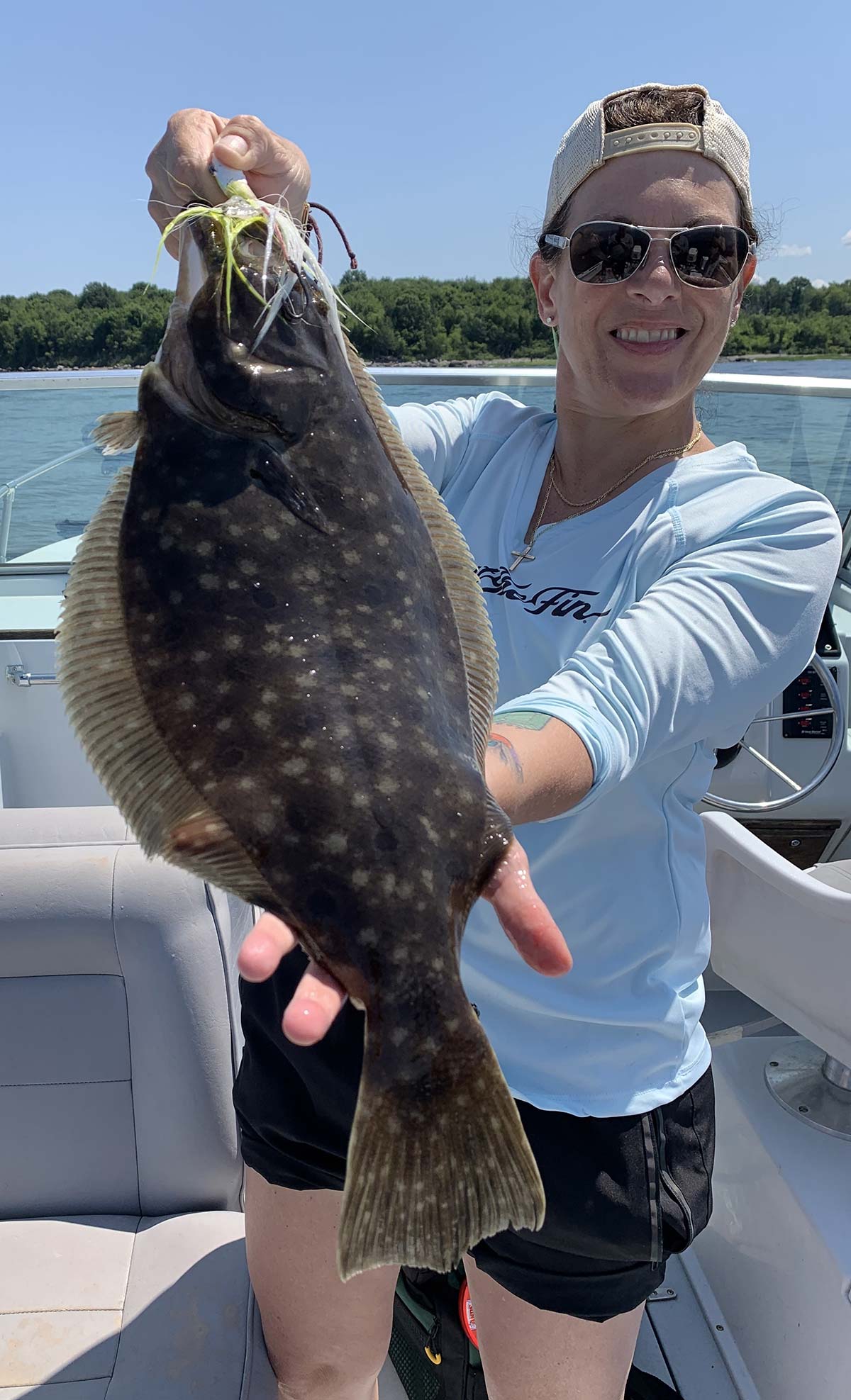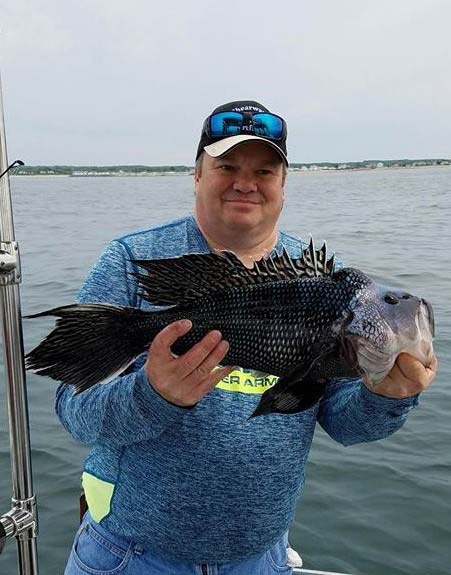
Know where, when and why to use these three essential boat maneuvering techniques.
No, “stemming” is not removing the top of a pumpkin and no, “power drifting” is not the initial stages of a power nap. Despite what images some people imagine when hearing these terms they happen to be two very useful tactics for boat fishing. What I’ve noticed through the years is that many anglers are either unaware of these methods or are simply confused about when to use them. They are really quite simple and yet can make a huge difference when it comes to the amount of success generated by the end of the day. Let’s take a quick look at what exactly these tactics are, when and how they might be used, as well as what differentiates them from “trolling”.
Stemming
“Stemming” is using the boat’s engine to offset or minimize the impact of the tide and/or wind. When the tide is running hard and you’re trying to fish a specific piece of structure or bottom, it can become difficult as you don’t have much time with your baits in the zone before you’ve drifted past it. To counter the strong tide, you can apply some power from the engines to keep the boat from drifting so fast (or at all). To do this, point the bow into the tide and apply just enough engine power to counter the effect of the tide, essentially holding the boat still over the bottom or at least minimizing the drift speed. Stemming is used quite frequently by bass fishermen when fishing rips for stripers and blues. In this scenario they want to keep their boat just up tide from the face of the rip so that their baits will be in the face of the rip. Stemming may also be used in bottom fishing when there’s a strong drift and you’re trying to fish a small piece of bottom structure and want to stay over it longer. Instead of having a few seconds with your baits over the fish, stemming allows you more time over the spot which translates into more time for the big ones to find your bait.

Power Drifting
“Power drifting” is similar to stemming but is used in completely the reverse situation. Whereas stemming is used to slow or counter the natural drift, power drifting is utilized to induce a drift when there is little or no drift to speak of. The boat is not kept in gear the whole time but you would periodically apply a little power to keep the boat moving in a desired direction. Usually this is done by bumping the engine in and out of gear, as needed. This method is very common for fluking and sharking. When fluking and the drift dies, a little power now and then will induce your own drift so that you can cover some ground. Likewise, when sharking and you’re trying to cover territory with your chum slick, a lack of drift prevents you from spreading out a long slick. A little power now and then will get this going and hopefully help a few sharks find you.
Trolling
“Trolling” on the other hand is when the boat is constantly moving to cover territory and drag your baits in front of some fish. While you may change speeds when trolling to increase or decrease lure action or running depth, you are essentially underway at all times. This is what differentiates trolling from these other two tactics. Trolling is primarily used when the fish are spread out, moving around, or you are in search mode to find them. Trolling has many applications which include high speed trolling for tuna and other pelagics as well as slow trolling for fluke, or pulling umbrella rigs and plugs around for bass and blues.
While not necessary in order to use these techniques, it’s worth pointing out that with the advances in today’s saltwater trolling motors, all of these methods have become even easier to do. “Spot Lock” or “Hold” features will essentially do the same thing as stemming when it comes to holding over a piece of bottom. A low speed directed up tide will also help to slow down the drift when it’s otherwise too fast. Similarly, some controlled bursts of power from a trolling motor can help induce some drift when there is not enough wind or tide to do it naturally. Some trolling motors are even setup to keep the boat precisely over a preset drift course. Regardless of whether or not you have a trolling motor, these tactics will help to keep you positioned over the best spots for longer periods, and at the end of the day, that usually means better results!




